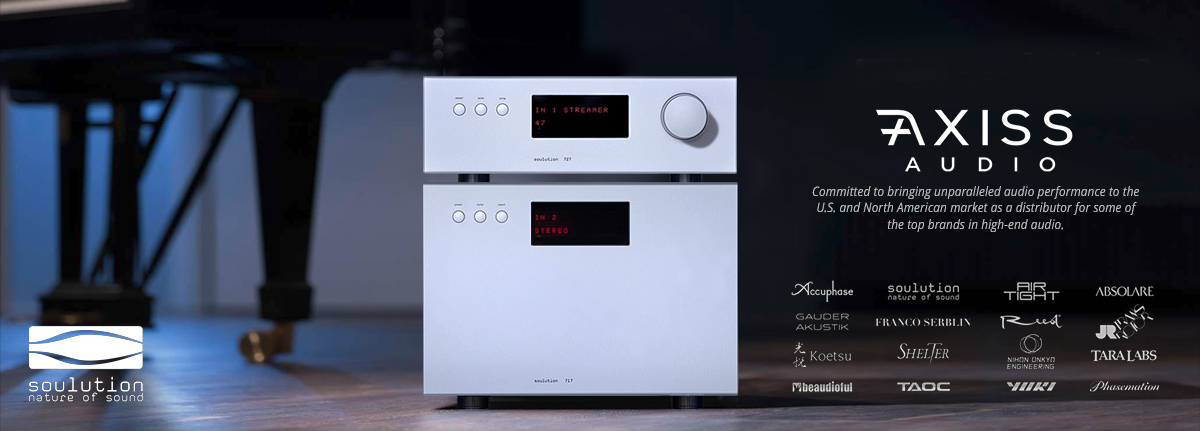All you need to do is put a protection capacitor in series. It's a common practice in the SR field. Compression driver diaphrams are not inexpensive either. The Be's can run up to $900 a pop.
Have you ever tried biamping?? There are systems that are user configurable to go from fully Passive to Biamped. That's about the easiest way to compare the difference between passive and active.
Rob
Yes, but the capacitor will upset the partisans of the direct connection - also tweakers will immediately start experimenting with different capacitors and claiming big differences, denying its main advantage!
BTW, a passive system can be biamped - my speakers are passive and can be triamped.
















